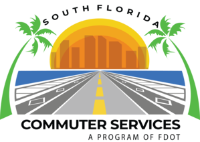Interstate 95
INTERSTATE 95 (I-95)
There are two strategically placed Park and Ride Lots in the Treasure Coast area; one in St Lucie County and another in Martin County; both are away from heavy travel flow to serve local fixed transit routes, express buses, carpoolers, and vanpoolers.
There are four strategically placed Park and Ride Lots in the South Florida area which are also away from heavy travel flow to serve local fixed transit routes, express buses, carpoolers, and vanpoolers. Two in Palm Beach County and Broward County and two for North Miami Dade and South Miami Dade.








